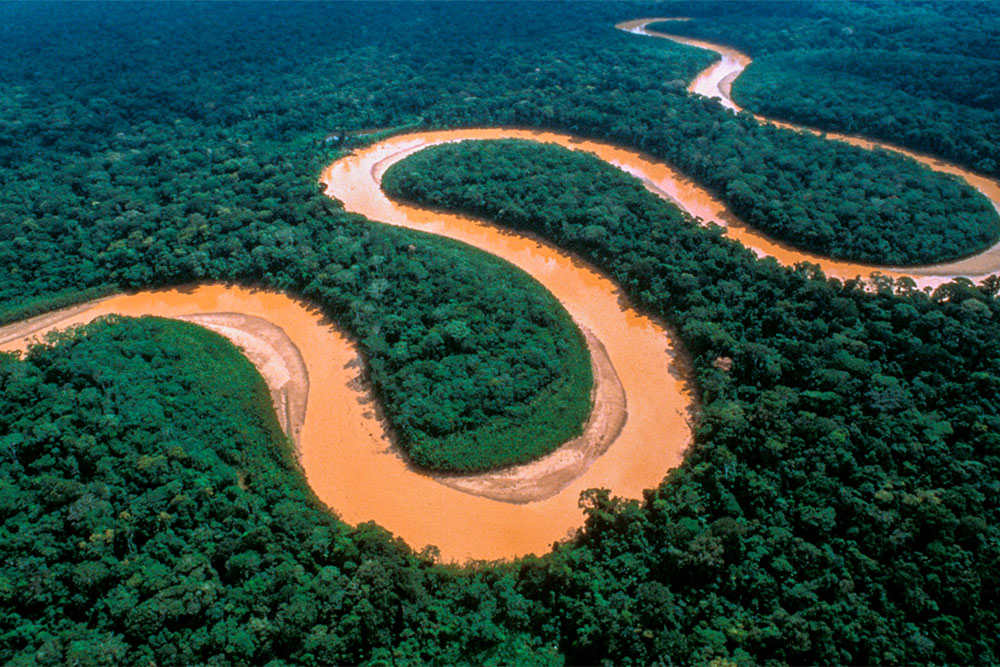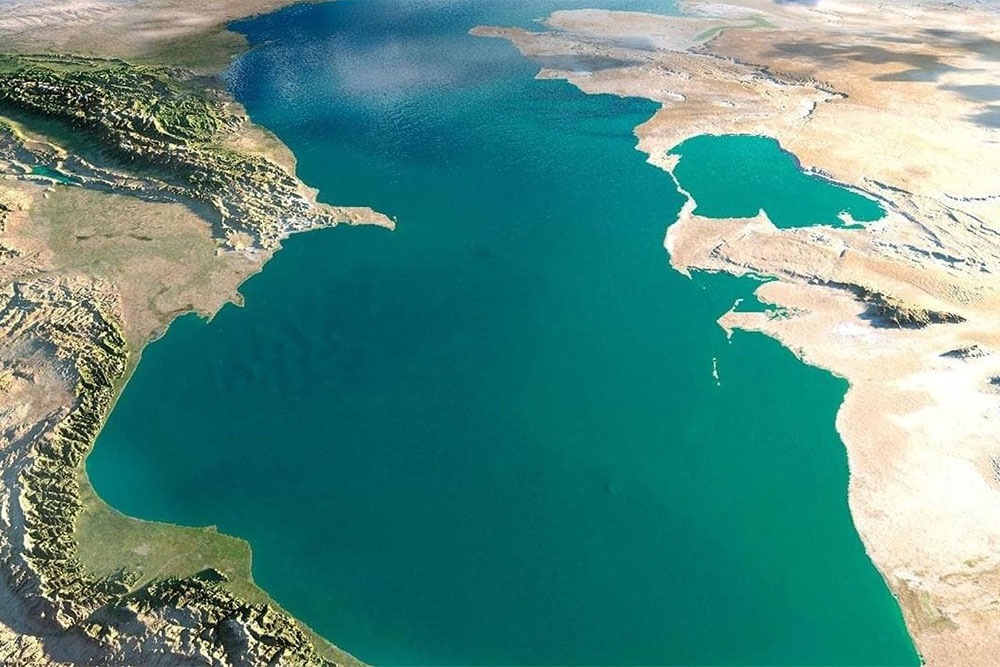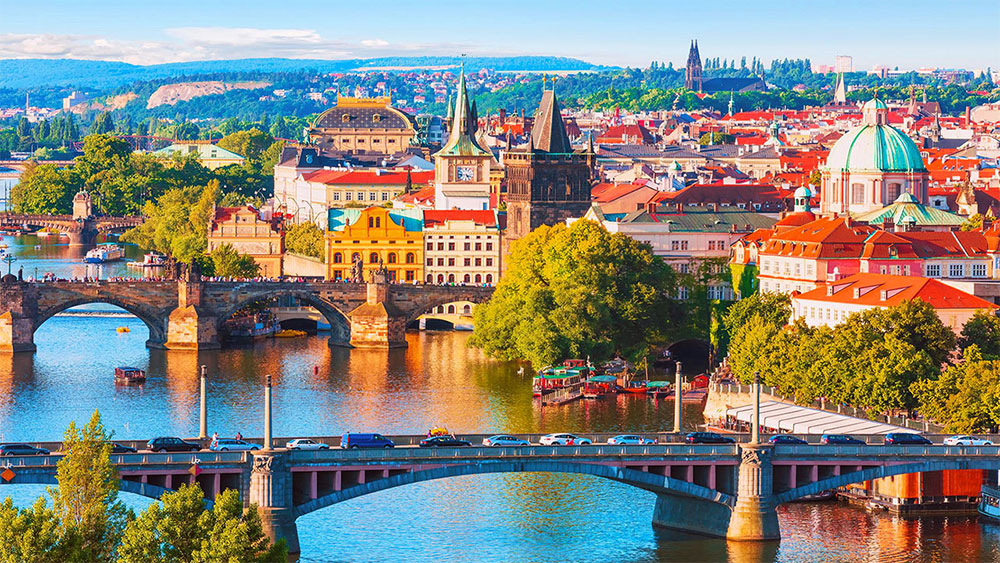Rivers are among the most important natural resources on our planet. They not only provide fresh water for the life of many organisms, but also are a source of nutrition, transport routes and cultural assets for many peoples. In this article we will look at some of the longest rivers in the world, which are impressive in size and importance.
- The Amazon, located in South America, is the longest river in the world. Its total length is about 6,400 kilometers. The Amazon flows through several countries, including Peru, Brazil and Colombia, before emptying into the Atlantic Ocean. The Amazon River is known for its rich biodiversity, vast tropical forests and unique ecosystems. It also plays an important role in the region’s agriculture and transport infrastructure.
- The Nile, located in North Africa, is the longest river in Africa and the second longest in the world. Its length is about 6,650 kilometers. The Nile River flows through several countries including Uganda, Sudan, Egypt and Ethiopia. It is important to the region, providing nutritious water for agriculture, energy for hydroelectric dams and historical significance for local crops. The Great Egyptian Pyramid Complex was artificially created on the banks of the Nile River.
- The Yangtze, located in China, is the longest river in Asia and the third longest river in the world. Its length is about 6,300 kilometers. The Yangtze River is a vital source of water and nutrition for millions of people. It flows through major cities including Chongqing, Wuhan and Shanghai and plays a significant role in China’s economy. The Yangtze River is renowned for its stunning cruise experiences, allowing passengers to enjoy majestic scenery and experience the rich culture and history of the region.
- The Mississippi and Missouri River system in North America is one of the longest river systems in the world. The total length of the system is about 6,275 kilometers. The Mississippi and Missouri rivers flow through several states, including Minnesota, Mississippi, Louisiana and others, and empty into the Gulf of Mexico. This river system is of great importance for agriculture, transport and recreation in the region.
- The Yangtze River, also known as the Yangtze River, is located in China and is the third longest river in Asia. Its length is about 5,464 kilometers. The Yangzijiang River passes through scenic landscapes, cities and landscapes, and is an important shipping route and water source for local communities. It is also famous for its cultural and historical attractions, including Chinese antiquities and beautiful scenery, which attract tourists from all over the world.
These rivers are not only streams of water, but also important elements of the culture, ecology and economy of the regions through which they flow. They offer amazing opportunities to travel, explore and enjoy beautiful natural scenery. A visit to these world’s longest rivers will allow you to immerse yourself in the history and culture of the different regions, enjoy majestic views of nature, and learn about the importance of conservation and sustainable use of water resources. They provide unique ecosystems, home to a diverse range of plant and animal species, and play an enduring role in the life of local communities.
Traveling along these rivers offers many outdoor and recreational opportunities such as cruising, fishing, kayaking and hiking. You will be able to feel the power of water flows, their impact on nature and society, and feel the beauty and grandeur of these natural phenomena.
However, when visiting these rivers, it is necessary to take into account environmental responsibility and respect for the environment. Follow environmental regulations, do not pollute waters and shores, and respect local cultural and religious customs. Your trip should not only be fun, but also environmentally conscious.
The world’s longest rivers represent a unique combination of natural wonders, historical and cultural heritage, and environmental and economic importance. They represent the power and majesty of nature, inviting us to explore and understand its amazing diversity. A journey along these rivers will be an unforgettable adventure, filled with new discoveries and impressions, and will leave a deep imprint on your heart and memory.




